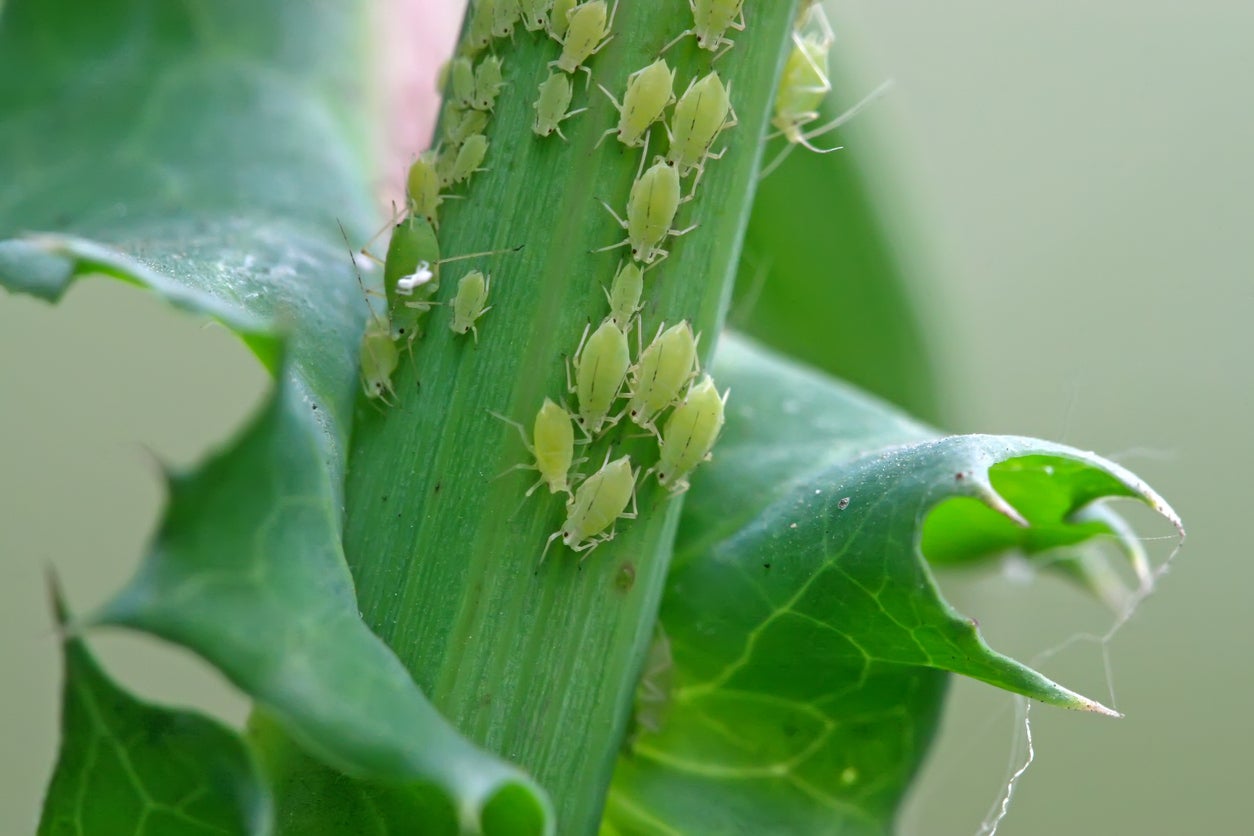Gardening Down South: How To Manage Pests In Southern Regions


Managing pests in the south requires vigilance and recognizing good bugs from bad bugs. By keeping an eye on your plants and vegetables, you can catch problems before they become a full-blown infestation. Read on for tips on how to manage pests in southern regions.
Pests and Gardening Down South
Many vegetable growers prefer not to use any pesticides in the garden to keep produce wholesome and chemical-free. It’s always best to start out with the least invasive action and work your way up to chemical controls, if necessary. Then, use the least toxic products first.
A few pests are normal, and there is no need to panic when you see them. Try to identify whether it is a pest or a beneficial insect. Beneficial insects such as lady beetles, green lacewings, spiders, parasitic wasps, mantids, and syrphid flies can eliminate the pests before chemical intervention is needed. Wait a few days to see if the problem is under control – especially with aphids, the soft bodied insects that suck plant juices, several beneficial insects have a voracious appetite for them.
If the problem persists, try insecticidal soaps and botanicals, which are thought to be safer around beneficial insects. Always follow label instructions.
In late fall, clean up any plant debris in gardens to remove insects/eggs that may be overwintering.
Common Pesky Insects in the South
Here are some common insect pests facing gardeners in the South and remedies to alleviate their numbers. Always follow label instructions when using any pesticide.
- Aphids – Aphids are soft-bodied sucking insects attack ornamentals and vegetables. Blasts of water may wash them off, or if only a few, pinch them off with paper towels. Beneficials, such as lady beetles, may eradicate them. If not, try insecticidal soap, neem oil or products labeled to kill these insects.
- Leaf miners – These tiny insect larvae form tunnels on leaves of ornamentals, vegetables, fruits, etc. as they feed on plant tissue. Leaf miners rarely do much damage, but their serpentine tunneling can be unsightly. If you see the larvae, prune the stems or leaves. For chemical control, choose an insecticide labeled to kill these insects.
- Caterpillars – The larval stage of butterflies and moths feed on many ornamentals and vegetables. Most people do not want to kill butterfly caterpillars, so learn about their host plants and how to identify their caterpillars. For example, the Eastern Black Swallowtail caterpillar eats parsley, fennel, dill, and Queen Anne’s lace. They rarely kill the plant but can defoliate a small plant. Birds, wasps, and other predators usually take care of caterpillars.
- Tent caterpillars – These caterpillars form a tent around a tree or shrub branch and eat the foliage inside the tent. Break up the tent with a broom if you can reach it or a high-powered water spray. Birds then have access to the tent caterpillars.
- Snails and slugs – These fleshy, slimy, and legless pests feed on leaves, flowers, and stems of plants. Look for them at night while they are active and drop them into a bowl of soapy water. A melon rind or bowl of beer or apple cider will draw snails and slugs during the night. In the morning, dispose of them and replenish the bait.
Southern U.S. pest control is most effective when gardeners practice vigilance in the garden and use chemical controls sparingly.
Sign up for the Gardening Know How newsletter today and receive a free copy of our e-book "How to Grow Delicious Tomatoes".

After graduating from Oklahoma State University with a degree in English, Susan pursued a career in communications. In addition, she wrote garden articles for magazines and authored a newspaper gardening column for many years. She contributed South-Central regional gardening columns for four years to Lowes.com. While living in Oklahoma, she served as a master gardener for 17 years.